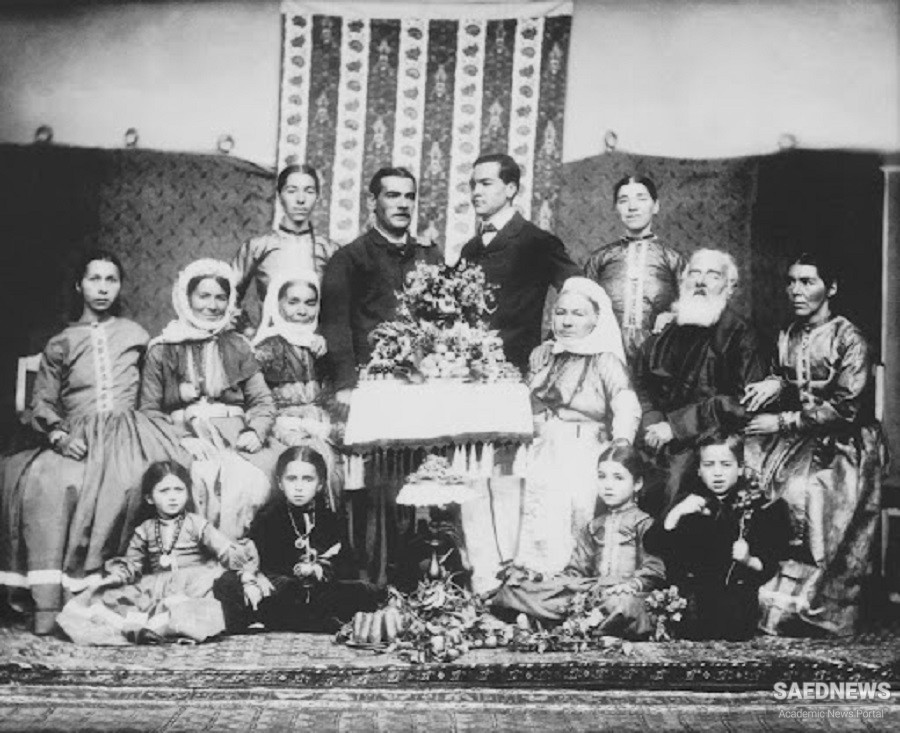The power of the Julfan Armenians had enabled the transfer of the jurisdiction of the Archbishop of Echmiazin in historical Armenia to the Archbishop of New Julfa during the patriarchate of katholikos Moses (1629-1632). As such, they made their town the centre of the Armenian Apostolic Church, with a jurisdiction over all the Armenian churches in Iran, India and other places with Armenian colonies outside the Ottoman Empire. The diocese of New Julfa was renamed Iranahindkastani tem, i.e. the diocese of Iran and India. Manifestly, the Armenian church had taken over the place of the Nestorian Church in Iran. This religious authority of New Julfa over the Armenian colonies in India allowed the Julfan Armenians to consolidate their commercial ties with their community in the subcontinent. Baghdiantz depicts the Armenian settlements in India as satellites of New Julfa.
The political power of the Julfan Armenians stemmed from their close relationship with the Shah. They could not have dominated the economy of Iran otherwise. Both their wealth and the Shah’s support gave them a highly privileged political status and a great amount of autonomy. It should be remembered that Shah Abbas I had Muslim populations deported in order to offer one of the nicest neighbourhoods of Isfahan to them. He had also ruined the trade of Muslim Iranians by handing the most lucrative trade to the Armenians. For these privileges, the Armenians had to disburse a substantial amount of money to the Shah.
Their position was also reinforced by the presence of Armenian converts at the court. Many of the viziers and military commanders were Muslim converts of Armenian background. The most famous ones are Qarchay Beg, Allahverdi Khan (not to be confused with the Georgian Allahverdi Khan) and Muhammad Beg. Qarchay Beg played a key role in Shah Abbas’ campaigns in the Caucasus. He was nominated commander-in-chief of the Iranian army in 1613. Allahverdi Khan, son of Khusraw Khan, was a favourite of Shah Abbas II, who appointed him as Master of the Hunt in 1644. Allahverdi Khan used his influence at the court to install his protégé, Muhammad Beg, who had recently converted to Islam, as the vizier of Shah Abbas II. Until then, Muhammad Beg had been the kalantar of New Julfa, and after becoming vizier, he encouraged the persecution of Jews and Christians. It is difficult to explain Muhammad Beg’s intransigence with the Armenians. However, his coming from a modest Armenian family of Tabriz could explain his rancour towards the wealthy Armenians of Julfa.


 Saru Taqi Khan the New Influence in Safavid Court under Shah Safi
Saru Taqi Khan the New Influence in Safavid Court under Shah Safi














































